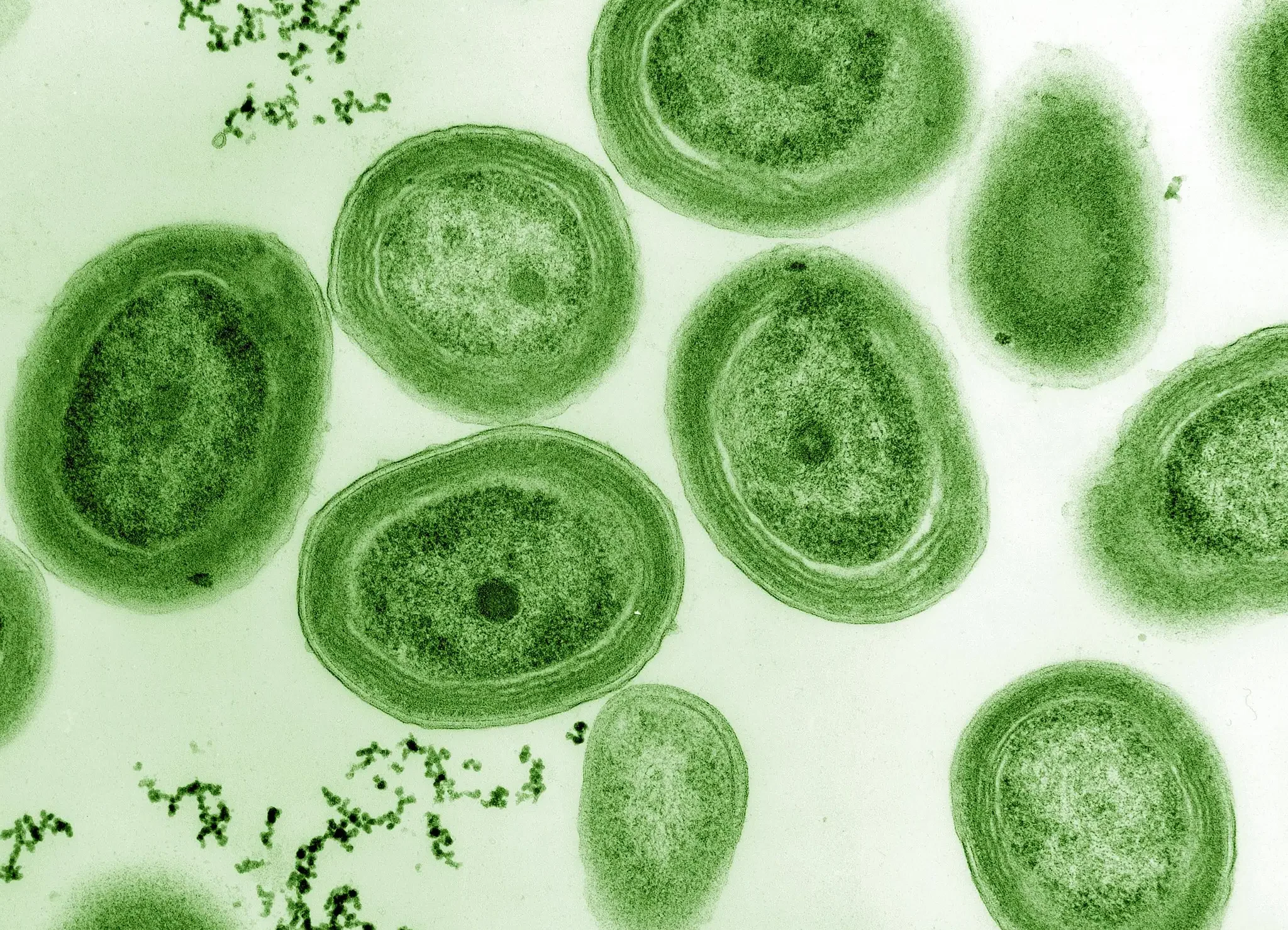A microscopic marine organism, Prochlorococcus, plays an essential role in sustaining marine life and regulating the Earth’s carbon cycle. Recent research unveils its surprising contributions to oceanic ecosystems.
Key Points at a Glance
- Prochlorococcus is the ocean’s most abundant photosynthesizing organism.
- It releases nutrients used by other microbes in “cross-feeding” interactions.
- This process influences carbon cycling and supports marine ecosystems.
Prochlorococcus marinus is a microscopic marvel, dominating the surface waters of the world’s oceans. Smaller than a human red blood cell, this picoplankton is the most abundant photosynthesizing organism on Earth. Its contribution to global carbon fixation rivals that of all terrestrial plants combined, underscoring its critical role in maintaining ecological balance.
Cross-Feeding: A Hidden Network of Support
Recent research has shed light on Prochlorococcus’ ability to sustain other marine microorganisms through a process known as “cross-feeding.” Every night, Prochlorococcus releases fragments of DNA building blocks into the surrounding seawater. These molecular byproducts become a vital source of nutrients and energy for neighboring microbes, including SAR11, the most abundant oceanic bacteria.
This symbiotic relationship is not only fascinating but also essential. SAR11 microbes metabolize these compounds, enabling them to regulate their energy needs during the night. In turn, this exchange supports the broader microbial community and contributes to the stability of marine ecosystems.
The Rhythmic Dance of Nutrient Exchange
The release of nutrients by Prochlorococcus follows a predictable, cyclical pattern. During the day, these microorganisms absorb sunlight, driving photosynthesis and producing energy. At night, they shed excess byproducts, which nearby microbes like SAR11 absorb almost immediately. This rhythmic exchange highlights the intricate interdependence of marine life, where even the smallest organisms play outsized roles in maintaining ecological harmony.
Impacts on Carbon Cycling
The implications of this nightly nutrient-sharing are profound, particularly for the ocean’s carbon dynamics. Prochlorococcus not only fixes carbon dioxide through photosynthesis but also facilitates its efficient cycling and storage within marine ecosystems. By supporting a network of microbial interactions, these algae enhance the ocean’s capacity to act as a carbon sink, mitigating the effects of global warming.
As researchers continue to unravel these mechanisms, they emphasize the importance of understanding how microbial communities respond to changing environmental conditions. Rising ocean temperatures and acidification could disrupt these delicate interactions, potentially reducing the ocean’s ability to sequester carbon effectively.
A Microscopic Key to a Macro Challenge
The discovery of Prochlorococcus’ cross-feeding behavior underscores the interconnectedness of marine ecosystems. What appears to be a simple exchange between microorganisms has far-reaching implications for global climate regulation. By highlighting these interactions, scientists are uncovering the foundational role of the ocean’s smallest inhabitants in maintaining planetary health.
Looking Ahead
With the ongoing threat of climate change, studying Prochlorococcus and its microbial partners is more critical than ever. These insights not only deepen our understanding of marine biology but also inform strategies to preserve and restore the ocean’s ecological balance.
Prochlorococcus reminds us that the smallest life forms often have the largest impact, shaping the health of our oceans and the future of our planet.
